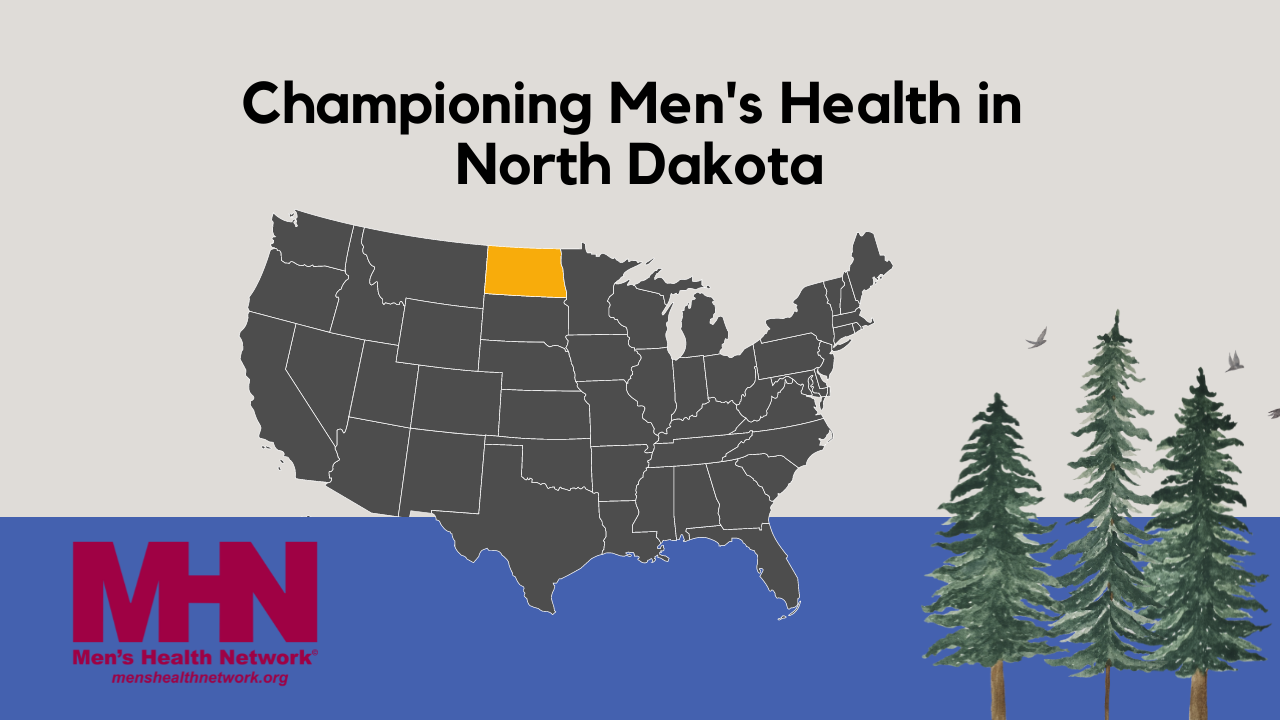For those invested in the men’s health movement, Men at the Brink provides a crucial perspective on the evolving discourse around masculinity. It bridges the gap between history, mental health, and cultural analysis, offering practical insights for those who want to better understand the challenges facing men today. Dr. Jachim’s work underscores the importance of fostering discussions that move beyond blame and instead focus on constructive solutions. Whether you're a mental health professional, an advocate for men's well-being, or simply someone interested in the topic, this book serves as an invaluable resource. At Men's Health Network, we believe that conversations like these are essential for progress. By promoting literature that encourages thoughtful discussion and critical analysis, we hope to continue fostering a more informed and supportive approach to men's health and identity.Continue reading
Tag: Boys
Using Research to Push a Narrative
There’s a noticeable trend in research about men and women that often tells only part of the story. A prime example is domestic violence studies that falsely claim women are the sole victims, while ignoring men’s experiences. This happens in other areas too—like reproductive coercion, teen violence, healthcare, and others. Women’s troubles are spotlighted, while men’s are overlooked. Once you see this pattern, it’s hard to unsee it. Researchers acknowledge that puberty is an important factor in these behaviors, but what does puberty primarily signal? It highlights the increase in testosterone levels in young males. However, the researchers never mention testosterone.Continue reading
Tend to Your Relationships: Fathers & Sons
Tend to Your Relationships: Fathers & Sons By: Cassie Whyte Happy National Son’s Day! Today, September 28th, we at Men’s Health Network is celebrating National Son’s Day! On this holiday, we acknowledge the joy that comes along with both having a son, and being a son. All sons are gifts to their parents, as well...Continue reading
Championing Men’s Health in North Dakota
Nationwide, men are more likely than women to engage in unhealthy and unsafe behavior, and the same can be said for men in North Dakota. In this article, Contributing Author, Hannah Hanson, offers insight into the ways North Dakota and the Centers for Disease Control and Prevention are taking charge of this disparity and implementing key programs to improve lifelong outcomes for men and boys.Continue reading
Shining a Light on Men’s Mental Health: A Vital Focus During Mental Health Month
May is recognized as Mental Health Month, providing an invaluable opportunity to raise awareness and understanding about mental health issues. In this blog, we explore and discuss the significance of Mental Health Month for men, boys, and their families.Continue reading
Researchers test ways to encourage healthier lifestyle in African-American men
African Americans could expect to live 14.6 fewer years than white Americans in 1900 but the gap between the lifespan of African American men and white men was slightly smaller at 14.1 years. By 2015, the gap for both sexes had shrunk to 3.4 years, based on Centers for Disease Control statistics, though the gap...
Research evaluates ways of providing mental health care in rural areas
Living in a rural area doesn’t mean you will be less likely to suffer from mental health problems. It does mean you will be less likely to have easy access to diagnosis and care. Even though rural residents are in poorer health generally than those living elsewhere, they have less access to treatment, partly because...Continue reading
Autism rates continue to rise, but the reasons why aren’t clear
Autism affects more than 3.5 million Americans, with boys four times more likely than girls to be afflicted, the Centers for Disease Control and Prevention (CDC) says. Autism increased in children in the United States by 119 percent from 2000, when the rate was one child in 150, to 2010, when the rate was one...
Researchers study how telehealth helps patients and healthcare professionals
One way that COVID-19 has changed the landscape for medicine is the rise in the use of telehealth for patient care. There is a growing sense that telehealth can help people manage their health and improve their access to care, which may be especially valuable in areas where health professionals and facilities are sparse. Telehealth...Continue reading
Authorities fear COVID-19 is making opioid abuse worse
The opioid abuse epidemic in the United States was already urgent when the COVID-19 pandemic began, but health authorities fear the virus has made the opioid epidemic even worse. A Centers for Disease Control and Prevention (CDC) report released in December 2020 notes that 10 western states saw opioid overdoses increase in that year. Most...










